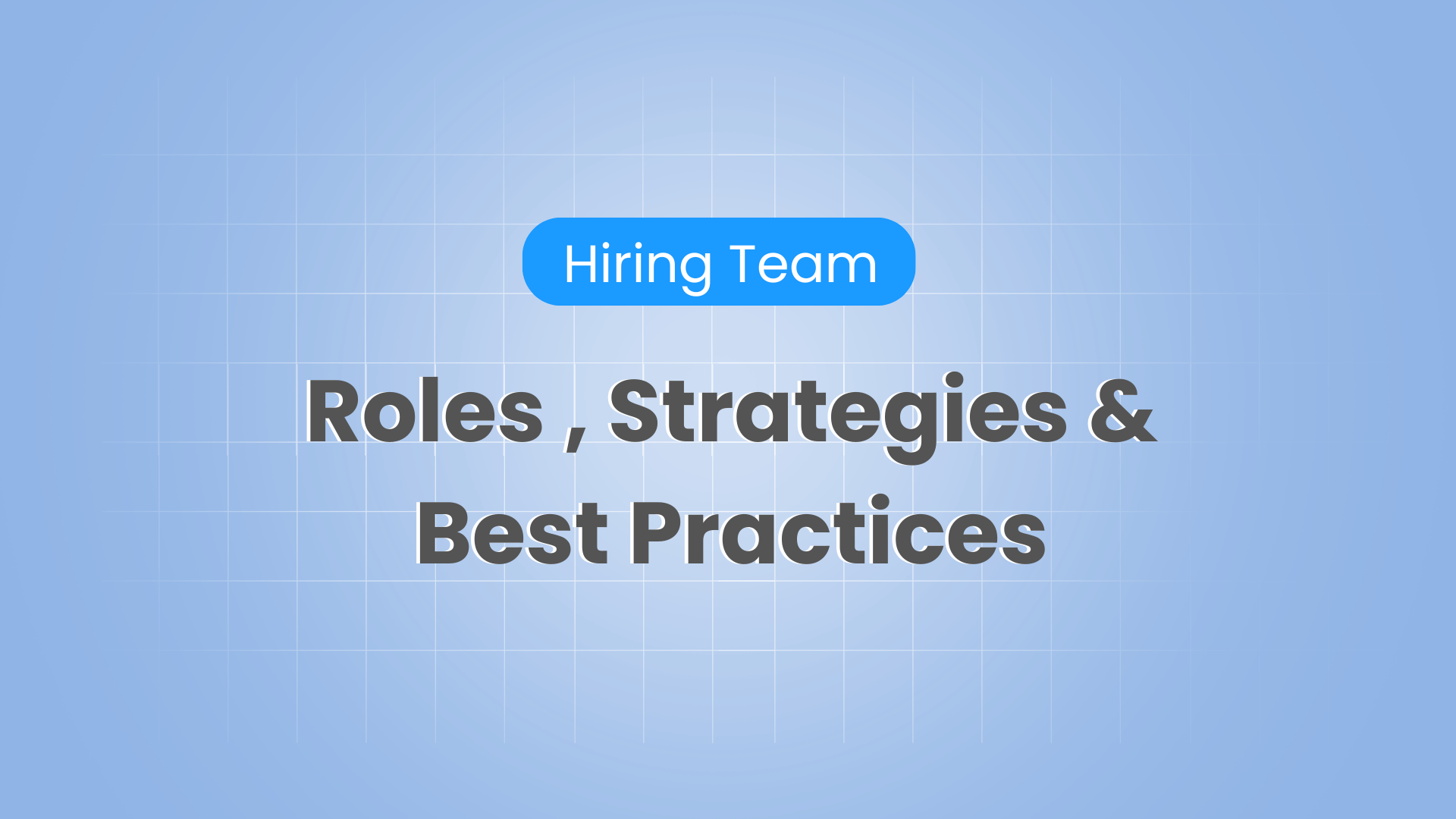Employee Referrals: The Hidden Key to Smarter Hiring



Hiring the right talent has always been a challenge, but in today’s competitive job market, it can feel like an uphill battle. Job postings often attract hundreds of applications, yet many fail to meet the role’s qualifications or align with company culture. This lengthy and inefficient process can drain time and resources, leaving hiring managers frustrated. However, there’s a more effective way to secure top talent—employee referrals. By leveraging the networks of current employees, companies can tap into a pool of pre-vetted candidates who are more likely to succeed and stay long-term.
What Is an Employee Referral?
An employee referral is when a company’s existing employees recommend candidates—typically people they’ve worked with or personally know—for job openings. Think of it as professional matchmaking: an employee vouches for someone they believe would be a great fit for both the role and the company culture. Companies often sweeten the deal by offering referral bonuses, but the real prize is hiring someone who integrates seamlessly into the team.
Research from SHRM shows that referred candidates are hired faster, stay longer, and perform better than non-referred hires. But why exactly does this work so well? Let’s break it down.
5 Key Benefits of Employee Referrals
1. Access to Qualified Candidates
We’ve all seen job postings that say, “We’re looking for a unicorn.” Well, guess what? Employee referrals help you find that unicorn. Employees are naturally selective when referring candidates because their own reputation is on the line. No one wants to recommend someone who will crash and burn in the first month—especially when they have to share an office (or Slack channel) with them.
According to HireQuotient, 88% of employers agree that referrals bring in candidates who are better suited for the role. This makes sense—who knows your company’s expectations and culture better than your own employees? They filter out unqualified candidates before a hiring manager even sees a resume.
2. Cost Savings
Hiring can be an expensive ordeal. Job postings, recruitment agencies, background checks, and interview processes all add up. However, an employee referral program drastically cuts these costs. Cvviz reports that referred hires save companies an average of $7,500 per hire compared to traditional hiring methods.
Even when companies offer referral bonuses, they still end up saving money in the long run. Think of it this way: would you rather spend thousands on recruiter fees and job ads, or reward your own employees for bringing in top talent?
3. Faster Hiring Process
One of the biggest hiring bottlenecks is sorting through countless applications. With an employee referral, you skip the line. Referred candidates typically move through the hiring process 55% faster than non-referred candidates, according to Shortlister.
Why? Because they come pre-vetted. Their skills, work ethic, and fit have already been assessed by someone who knows the company inside out. Plus, hiring managers tend to trust referrals more, reducing the need for extensive background checks and second-guessing.
4. Improved Employee Engagement
Employee referrals do more than just fill open positions—they actively boost workplace morale. When employees are involved in the hiring process, they feel more invested in the company’s success. It’s a psychological win-win: they get to work alongside someone they respect, and they feel valued for contributing to the company’s growth.
According to TimeChamp, companies with strong referral programs see a higher level of employee engagement, which in turn leads to better productivity and retention. When employees feel like they have a say in who gets hired, they’re more likely to stick around themselves.
5. Higher Retention Rates
High turnover is a nightmare for any business, and replacing an employee can cost up to twice their annual salary. Fortunately, employee referrals help combat this issue. Research from TestGorilla shows that referred employees stay 70% longer than non-referred hires.
Why? Because they’re already familiar with company culture before they step through the door. They also have a built-in support system—the person who referred them—helping them navigate their new role more smoothly.
Challenges of Employee Referral Programs
While employee referrals offer significant advantages, they’re not without challenges:
- Diversity concerns Employees often refer people who are similar to them, which can limit workplace diversity. A well-structured program should encourage diverse referrals.
- Potential bias – Without proper screening, referrals might be hired based on personal relationships rather than qualifications.
- Limited candidate pool – Over-reliance on referrals can restrict the breadth of talent coming into the company.
Balancing referrals with traditional hiring methods is key to maintaining a diverse and skilled workforce.
How to Build an Effective Employee Referral Program
1. Offer Meaningful Incentives
Whether it’s cash bonuses, gift cards, or extra vacation days, make sure employees feel rewarded for their referrals.
2. Make the Process Easy
A complex referral process discourages participation. Keep it simple with online forms or direct submissions.
3. Encourage Quality Over Quantity
Instead of rewarding every referral, focus on hires that stay beyond their probation period.
4. Promote Your Program Regularly
Don’t just mention it once and forget about it. Regularly remind employees of the referral program and its benefits.
5. Track and Optimize
Use data to analyze the success of referrals. Identify trends and tweak the program as needed.
Final Thoughts
With the rising cost of recruitment and increasing competition for top talent, employee referrals offer a solution that’s both cost-effective and efficient. They provide access to high-quality candidates, speed up the hiring process, improve engagement, and boost retention rates. While they shouldn’t be the sole hiring method, they should absolutely be a key component of any company’s recruitment strategy.
So, if you’re still relying solely on job boards and cold applications, it might be time to rethink your approach. After all, your next star employee might already be just one referral away.

Upgrade now





